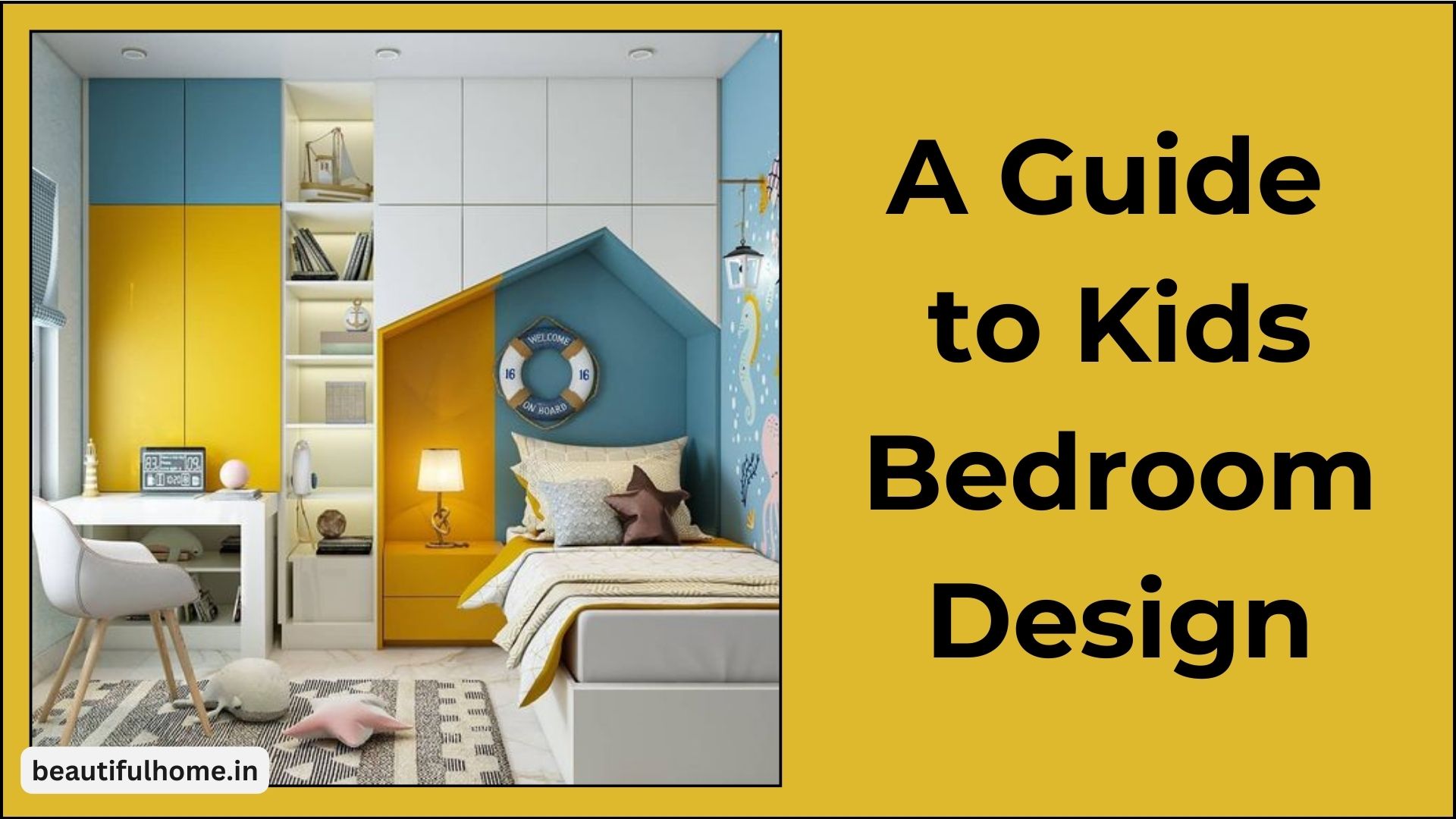
Designing Children’s Room
Designing children’s rooms is not just limited to painting pink or blue, adding cute furniture and decorating with toys and funny artwork. It must be functional, safe, inspiring, well-organized and creative. It is important to offer proper comfort and a zone of perfect growth to the children. Some important things to consider when designing children’s rooms are given here. A complete guide to kid’s bedroom design is mentioned here to help you, so go through it.
Why You Should Hire an Interior Designer
1. Safety First
Safety is the most important factor. Make sure furniture is stable and doesn’t have sharp edges. Avoid hanging heavy objects above the bed or play area. Install child-proof locks on windows and cover electrical outlets. Also, choose non-toxic paint and materials to ensure a healthy environment.
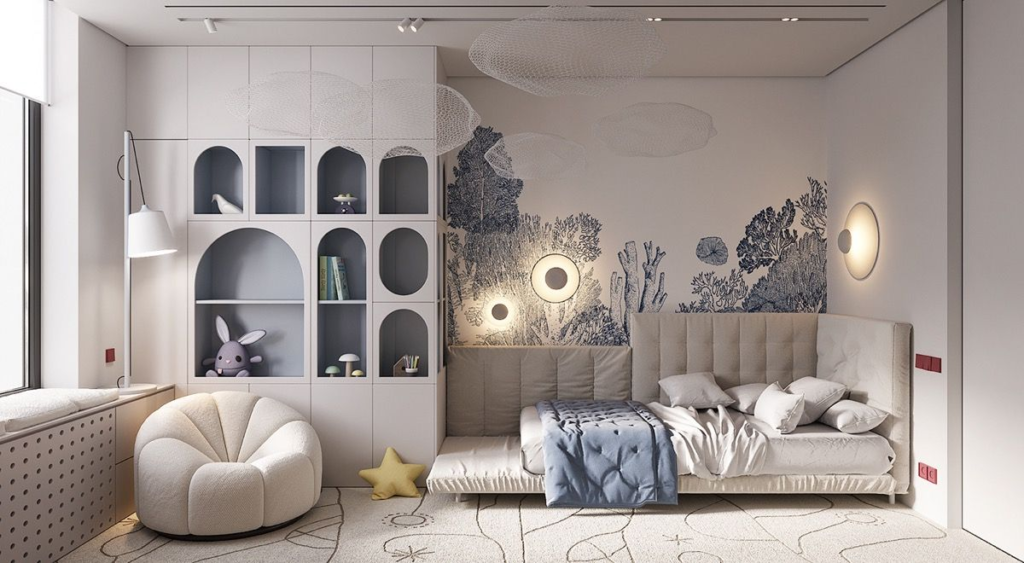
2. Age-Appropriate Design
Consider the child’s age when designing the room. Younger children need more open space to play, while older kids might need a study area. Choose furniture that can grow with them, like a bed with adjustable height or a desk that can be used for both play and study.
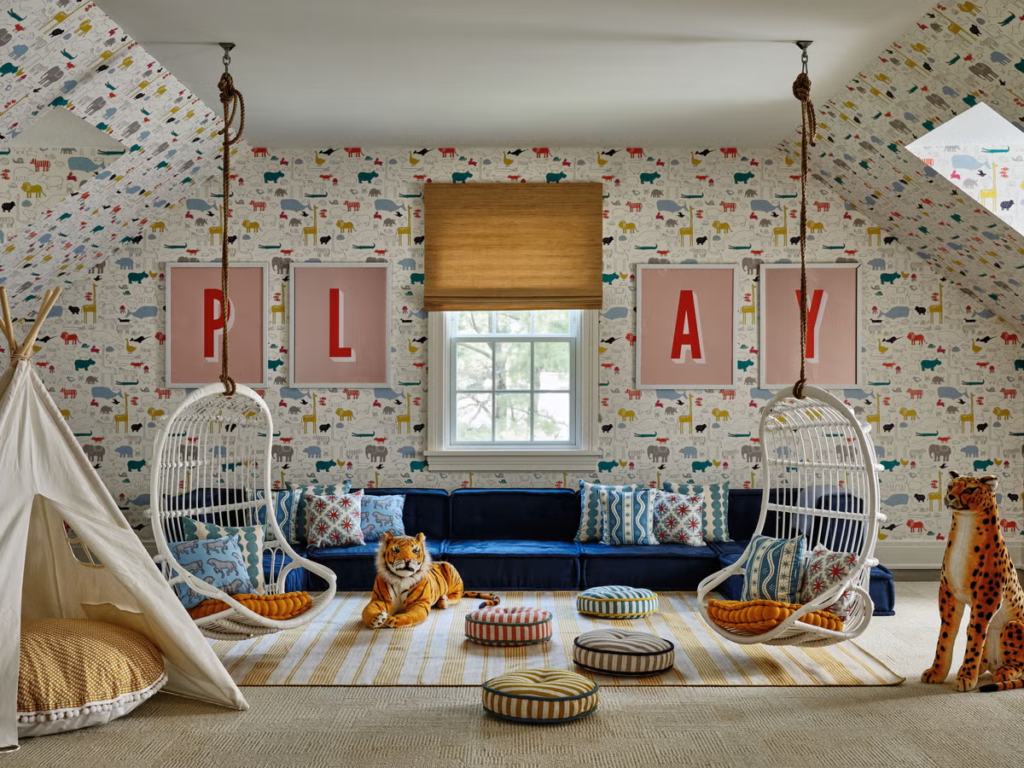
3. Adequate Storage
Kids have a lot of stuff, from toys to clothes to books. Incorporate plenty of storage options to keep the room organized. Use shelves, bins, and drawers that are easily accessible to children, so they can learn to clean up after themselves.

4. Comfortable Sleeping Area
A comfortable bed is crucial for a good night’s sleep. Invest in a quality mattress and consider a bed with storage underneath to maximize space. Add cosy bedding and a few favourite pillows or stuffed animals to make the bed inviting.
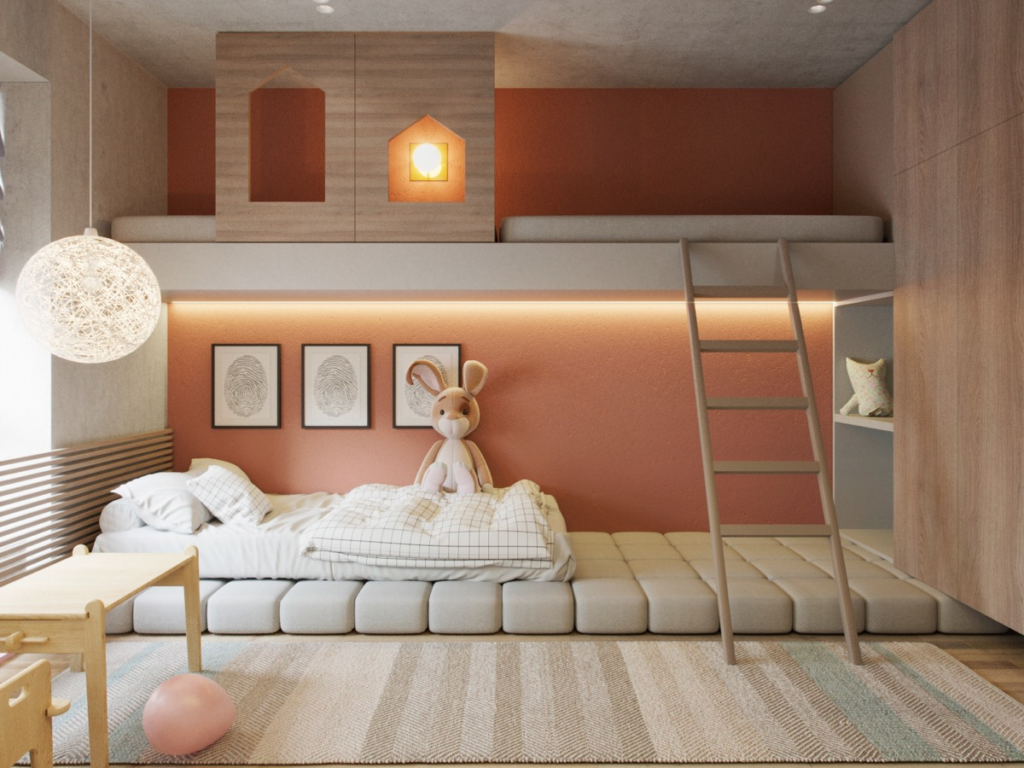
Guide to Buying the Right Mattress
5. Inspiring Colors
Choose colours that are both calming and stimulating. Soft pastels are great for a relaxing atmosphere, while brighter colours can stimulate creativity and playfulness. You can also use wall decals or murals to add fun elements without overwhelming the space.
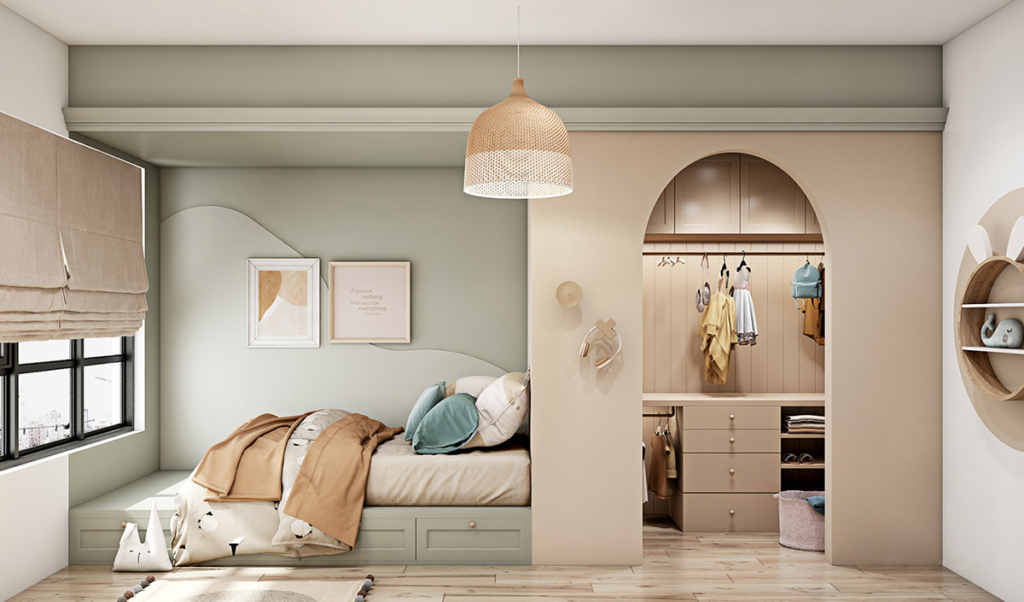
10 Trending Paint Colors for Home in 2024
6. Creative Play Area
Designate a space in the room for play and creativity. This could be a corner with a small table for drawing or a rug for playing with toys. Encourage imagination by adding a chalkboard wall or a craft station with easy access to art supplies.

7. Personalized Touches
Make the room special by adding personal touches that reflect the child’s interests and personality. This could be a wall of their artwork, a display shelf for their favourite toys, or bedding with their favourite characters. Personalization makes the space feel like it truly belongs to them.

8. Proper Lighting
Good lighting is essential. Include a mix of natural light, overhead lights, and task lighting. A bedside lamp is helpful for reading at night, and blackout curtains can help block light during nap time. Adjustable lights allow the room to adapt to different activities.
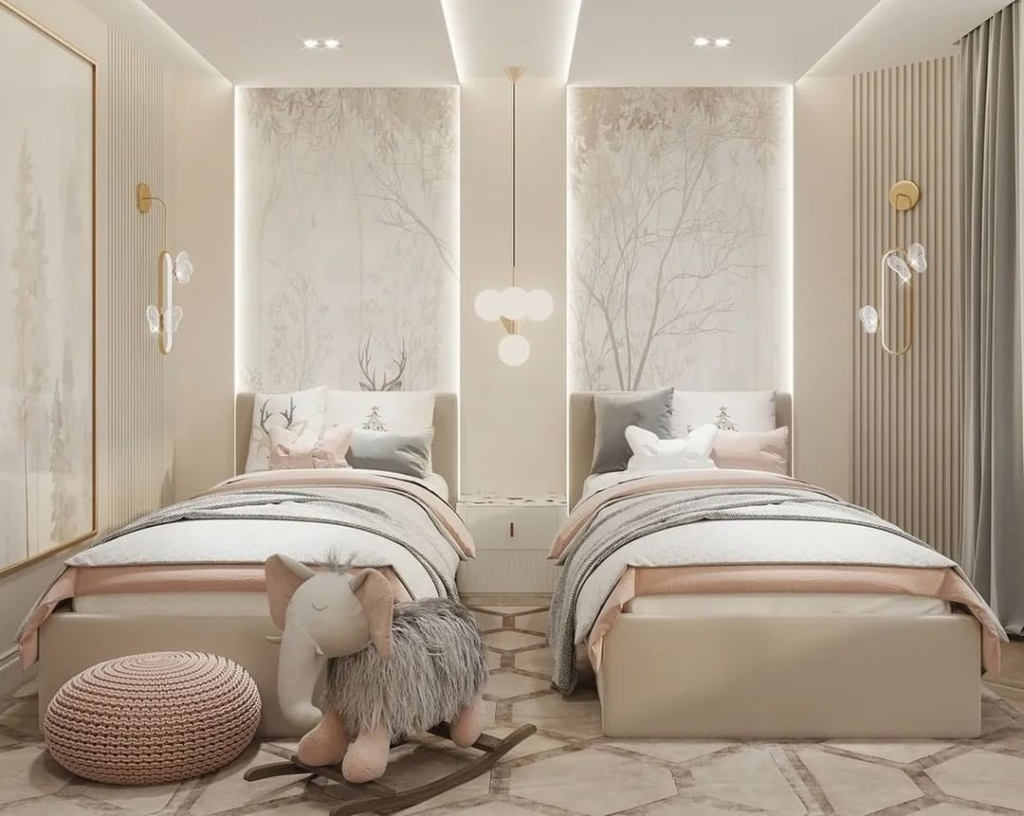
What to Consider Before Buying Hanging Light
9. Flexible Furniture
Choose furniture that can be easily rearranged as the child grows. Modular furniture, such as stackable shelves or a convertible crib, can adapt to changing needs. This flexibility ensures that the room remains functional as the child’s needs evolve.
10. Space for Learning
As children grow, they need a space where they can focus on homework and learning. Create a study area with a desk, comfortable chair, and good lighting. Keep this area organized with supplies like pens, paper, and a bookshelf for books and school materials.

By following this guide to kid’s bedroom design you can create a perfect room. Safety, functionality, proper lighting, furniture, learning & creativity space all such are all things to consider when designing children’s rooms. Hopefully, designing a kid’s bedroom is not very complex for you now. Enjoy more helpful stuff on beautifulhome.in and make a happy home.





